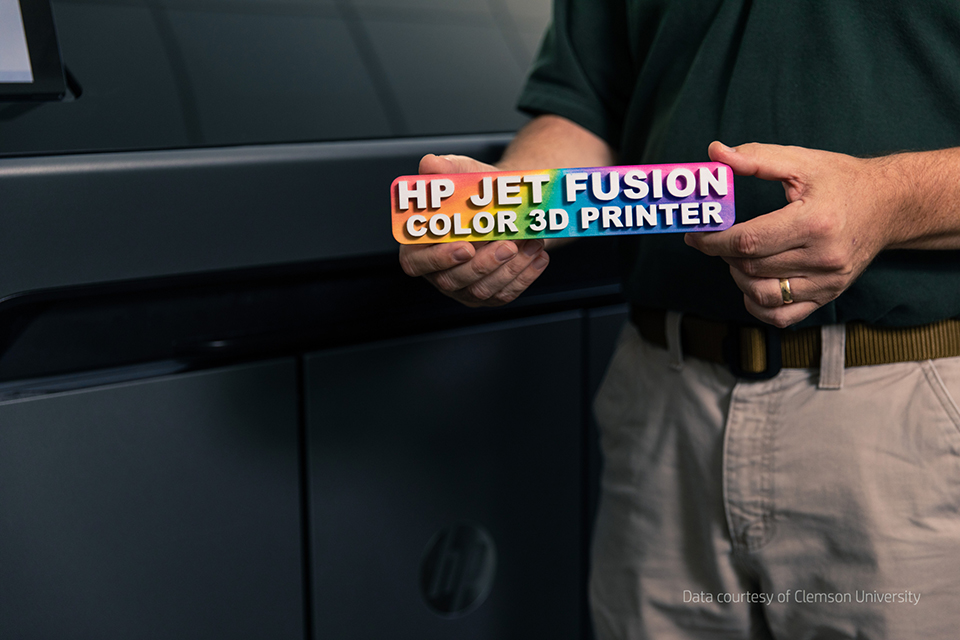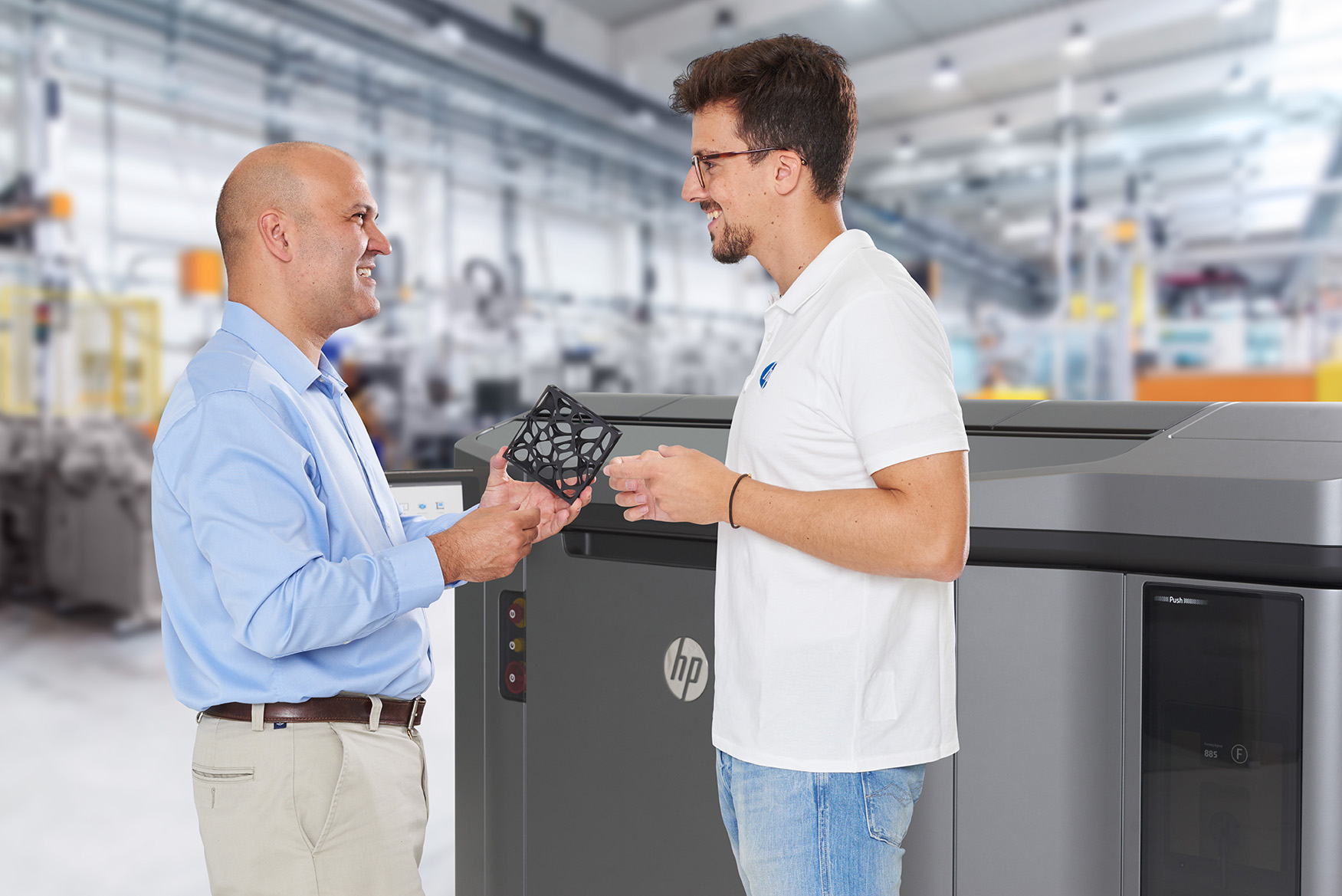“Color Wide-format Printing Technologies”
In a previous post I talked about “color vs. black & white” print technologies and some of the concerns or topics that lead to a decision within companies and firms. Today I would like to share some of the “pros and cons” or maybe a better term would be “strengths and weakness” of the different technologies.
So the most common technologies in wide-format printing are known as “toner” based and “ink” or “inkjet” based. Below I have listed some of “strengths and weakness” of the technologies and a few of the model types-
Toner based:
Strengths
- Toner based (LED/Laser) devices are typically faster than a traditional inkjet device and are/were more commonly found in the production environments. Until recent years these devices were typically monochrome and ranged in print speeds (ppm prints per minute from 4 to 20ppm)
- Toner is typically less expensive than ink
- LED/Laser technology typically are built for production and can easily print well over a million feet.
- Ability to produce a quality print on standard Bond paper, especially the Colorwave technology from Canon/Oce.
Weaknesses
- The base technology of either LED or Laser (which is the light source to produce the image) can be expensive to replace.
- Uses a photo drum and charge wires to transfer the image to paper, which need to be replaced to keep the quality of print looking good.
- Writing to a drum (cylinder) and then transferring to paper (flat surface) can lose some accuracy, especially if long prints/plots are required.
- Toner can be messy to change and can cause toner dust within the equipment, requiring more service calls and cleaning.
- Limited media types, typically standard Bond paper due to the heat required to print
Inkjet based:
Strengths
- High quality print, which are must more accurate due to printing on a flat surface vs. a drum
- Color vs B/W print – color ink is the same cost as Black ink (Color becoming the future)
- The ability to print on so many different media types from standard Bond, to photo based (glossy, semi-glossy, satin and matte finishes) to adhesive back, to Tyvek and Canvas, to fabric and poly to banner material...these are just a few of the common media types used today as manufactures continue to develop and add to the list.
- Ink cartridges are easy to replace and the printer gives you a low indicator when low.
- Inks are typically two types – “pigment based” which are more UV (fade resistant) and water resistant. These inks are typically found in the “graphics” based printers as well as the new HP Pagewide technology. The other is is “dye based”, which are typically found in technical or CAD type printers. These inks could smear or fade if exposed to extreme water or sunlight, but are usually fine for
Weaknesses
- Typically slower – print speeds ranging from 1 to 4 ppm
- Higher cost for ink vs. toner
- Typically, you need to print on a coated paper to produce a quality print
- the technical industry.
Last note on inkjet – PageWide XL technology from HP has changed things – Inkjet now competes directly with LED
In a previous article and above I talked about some major concerns with color and inkjet. Below I highlight how Pagewide XL as addressed these concerns and have bridged the gap between toner and inkjet.
Too slow – the traditional inkjet technology typically was too slow for production printing due to the limitations and have you could drive an ink carriage traveling back and forth across a roll of paper. With traditional inkjet technology, manufactures could only drive a carriage type technology so fast. Even the most current of technologies are limited to approx. 3 to 4 D-size (24x36) prints per minute. PageWide XL - Gone are the days of too slow and too expensive. The wide format Pagewide XL technology form HP is available in five different models, which provide prints speeds ranging from 10 ppm (prints per minute) all the way up to 30 ppm, depending on the model.
Too expensive – in the past and present, this is somewhat true. Traditionally you would have to purchase a toner based technology to reach the production speeds required to meet the demands and deadlines. With that comes the higher cost of equipment and maintenace. Typically a toner based color machine consists of 4 imaging devices or 4 drums, depending on the technology, which drives up the cost to maintain, not mention downtime and reliability. PageWide XL has lowered the cost per print for all consumables (excluding paper, it ranges from $ 0.005 to $ 0.015 per square foot, again depending on the model.
Summary & Comparison – so when evaluating your wide format printing needs, do your research and make sure you understand the difference between inkjet vs LED. I think you will be pleasantly surprised how well inkjet technology has advanced but know there are still cases where LED wins the day.





